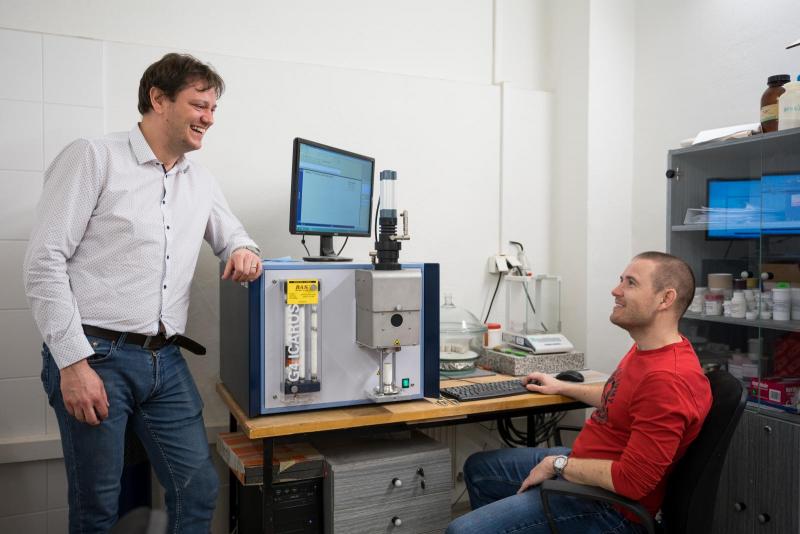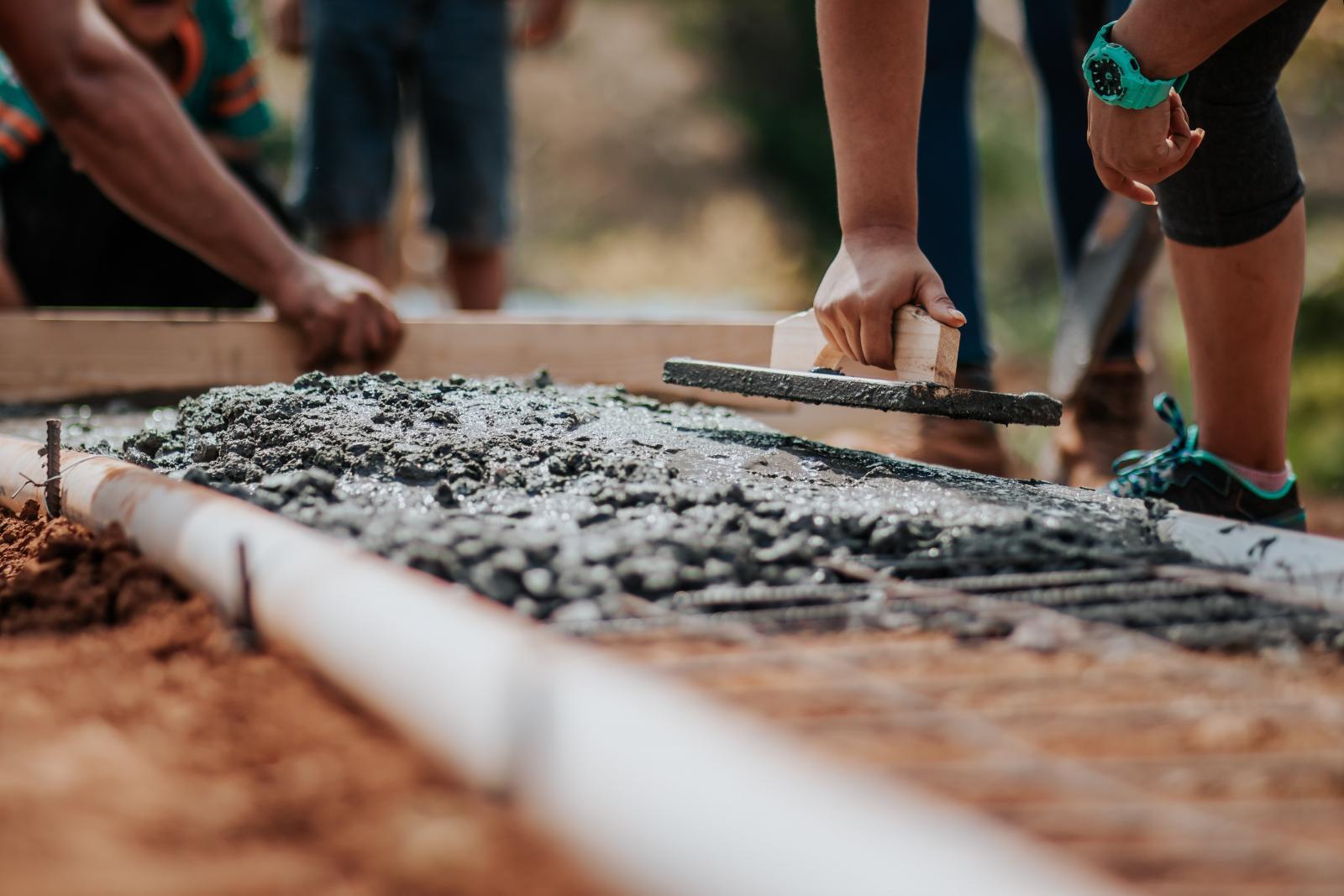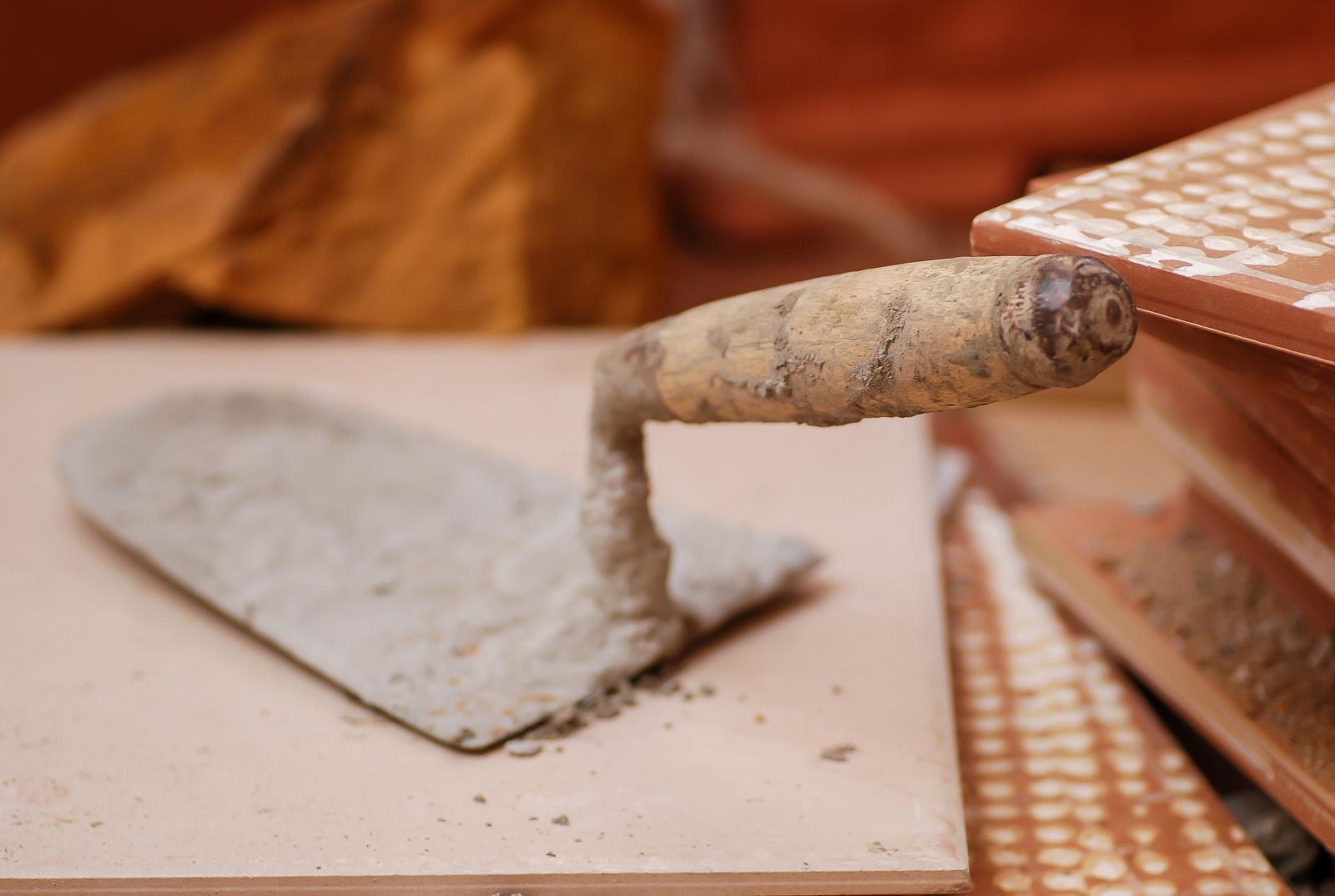Topic
They were looking for a way how to supress the negative effect of zinc on cement. They developed a material with even better properties

The goal of the team led by Pavel Šiler from the Faculty of Chemistry of the BUT was to eliminate the negative properties of zinc in cement. They have not only managed to find a possible solution to a problem that plagues cement plants, for example, but they have even improved the properties of cement. Their “recipe” for stronger and more durable concrete is already being used, for example, in high-strength concrete.
According to Pavel Šiler from the Institute of Chemistry of Materials at the FCH BUT, the amount of zinc in cement has been increasing recently, causing major problems. Cement plants have to change suppliers of raw materials and technology. According to Šiler, there are several reasons why the amount of cement is increasing. “The main reason is that alternative sources are more and more used as a source of heat energy in cement plants. Tyres are one of these sources. These contain large amounts of zinc. It may be 1 to 2 percent. When tyres are melted, the zinc can go into the cement. Another reason is an increase in the amount of zinc in secondary raw materials such as slag,” explains Pavel Šiler.

The project was led to solve the question of how to eliminate the negative properties that a higher amount of zinc in cement brings with it. “In the production of cement, gypsum is added to the clinker, which acts as a so-called setting regulator. If we just mixed the cement with water, it would set almost immediately and we would have no time to process it. The addition of gypsum extends the workability of the concrete for several hours. After a while, hydration slows down considerably. However, when zinc is present in cement, minerals with a completely different solubility are formed. They are less soluble and hydration takes much longer,” Pavel Šiler describes the basic problem with zinc.
Specifically, the presence of zinc increases time of setting by up to ten times. “In common cements, hardening and subsequent setting occurs relatively quickly. But when we added one percent zinc in the form of zinc oxide, the start of setting occurred after 180 hours. Such cement is completely unusable because no one will wait 14 days for it to set and harden,” Šiler points out.
In the first phase of the project, a team led by Pavel Šiler studied how cement reacts with zinc. “We doped different compounds in different ratios and watched what it did. We were mainly interested in the hydration time, but also in the mechanical properties and flow, or whether the cement has the right fluidity,” he says.
They then used setting accelerators to suppress the undesirable properties of zinc. “We took all the commercially available setting accelerators and tested them at the manufacturer's recommended dosages. We always tried the minimum and maximum recommended dose and observed the cement's properties,” adds Šiler. Using commercial accelerators, the researchers were able to reduce the onset of setting and hardening to values slightly higher than those of common cements.
In the third phase of the research, they then tested the individual components that make up the accelerators, looking for a composition in a ratio that would provide the best cement properties. “We combined the components to see what combination of materials was best for zinc. Cement makers sometimes say that zinc is like poison, and we were basically looking for an antidote,” says Pavel Šiler.
Through their experiments, the researchers were able to reduce the onset of setting to values only slightly higher than those of common cements. “We were able to reduce it even more, but in that case other properties were deteriorating,” Šiler points out. But to their surprise, they also managed to increase the mechanical properties twofold while maintaining good processability. The resulting material is even stronger than common concrete. “It's not suitable for construction, but it's very good for prefabrication, for example. These materials could find use in the defence industry, for example,” says Šiler.
Although the research project itself is over, the experts are certainly not about to abandon this exciting new material. “We are continuing to work with the results and we have many more ideas on where to develop the whole thing,” Pavel Šiler concludes.
(zeh)
Research from FCH BUT has contributed to a better understanding of cement-free concrete. The finding were also published in prestigious journals
We can improve the quality of life of the whole population, says Ivana Márová
Nilmore's circular clothing allows you to use the fibre repeatedly
Erasmus opened doors for me around world. Thanks to it, I gained excellent publications and friends, says Pavel Šiler from FCH BUT
FameLab Audience Award winner Kateřina Mašková: Chemistry is closer to people than they think